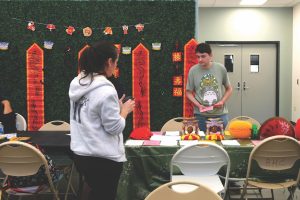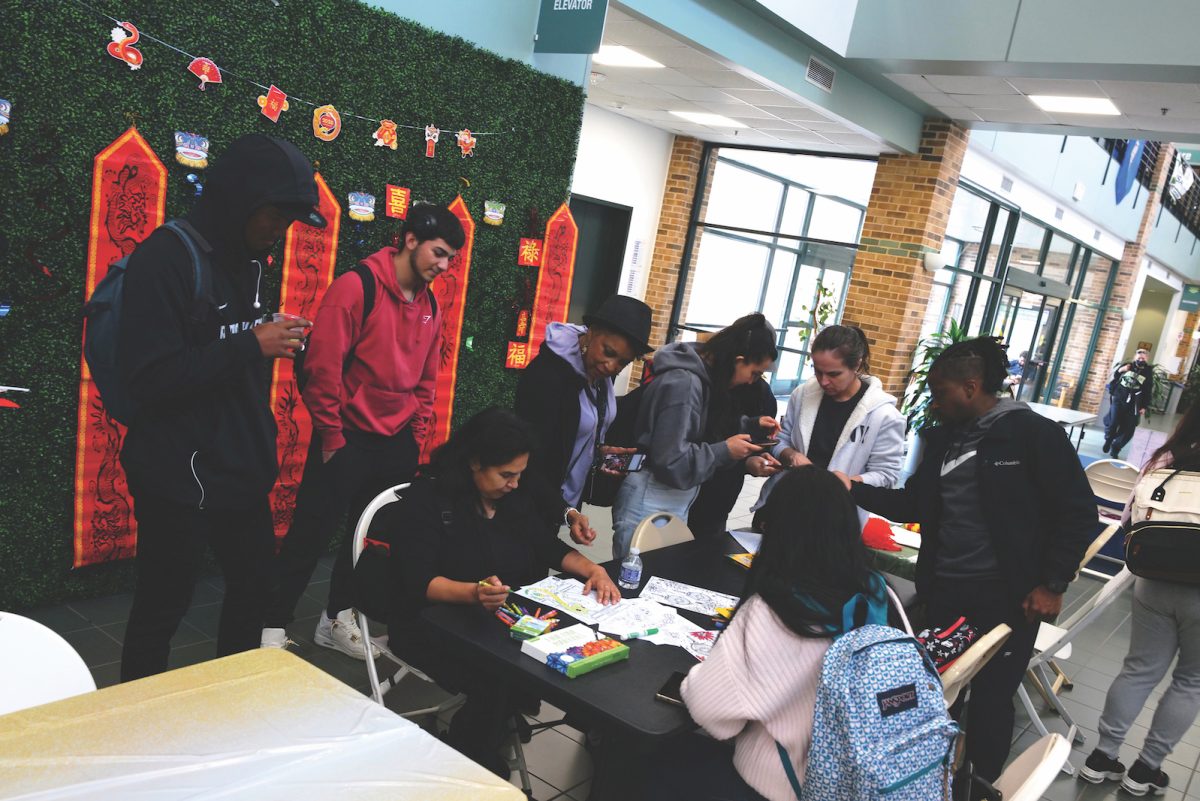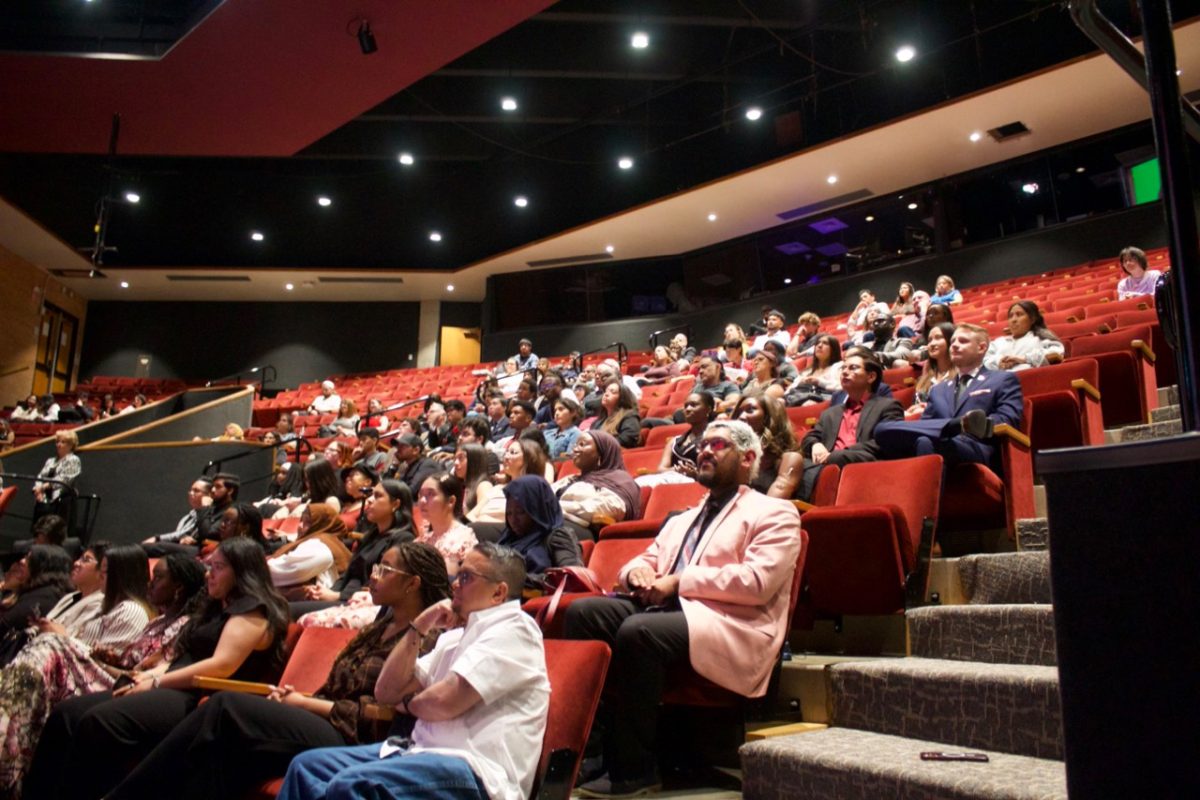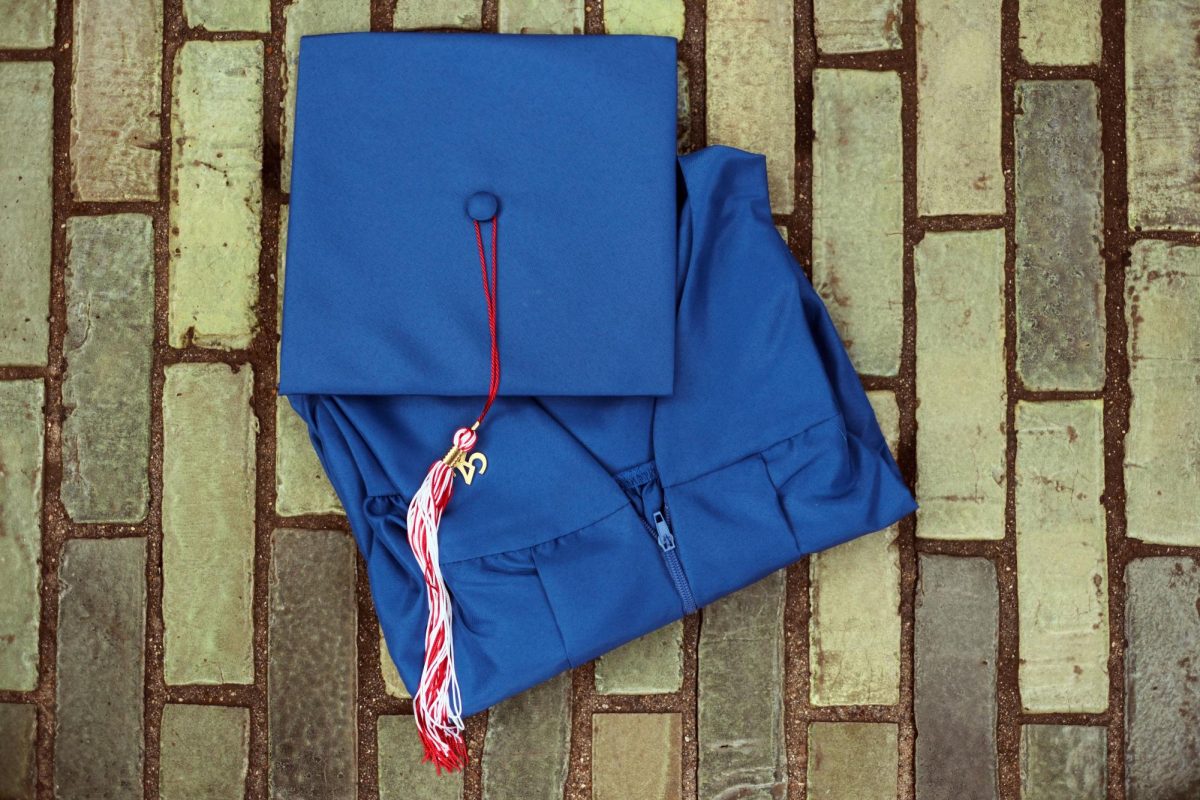Lunar New Year’s celebration kicked off on Jan. 30 at the S Building lobby, where students and staff gathered for food, trivia and fun activities.

Sean Guinyard, intercultural and global student engagement coordinator, organized the event. The lobby was decorated with Lunar New Year lanterns, fans and red envelopes. Guinyard said, “Here on display, we have the different symbols and signs for each person’s birthday … along with some recipes … to connect with the Lunar New Year celebration.”
The tables were filled with guides about zodiac signs and how various Asian countries celebrate Lunar New Year.
Lunar New Year, also known as spring festival or Chinese New Year, is celebrated in China, Vietnam, Korea, Malaysia and Singapore. The actual date of the celebration varies between Jan. 21 – Feb. 20 based on the lunisolar calendar. According to National Geographic, the dates on this calendar are determined by both the moon and the sun and lasts for 15 days. Lunar New Year is celebrated on a new moon between the winter solstice and the spring equinox.

There are various traditions and superstitions associated with the Lunar New Year. Huge festivals, firecrackers and lion dances are prominent during the celebration. Red envelopes, known as hong bao or lai see, are usually given to unmarried adults and children, and symbolize wishing a turn of good luck and prosperity for the new year ahead.
Preparation for campus events generally takes six months to a semester. Guinyard said, “We collaborate with various departments across campus to make sure that the word gets out to students, so they can experience and learn more about their culture, other cultures and just create an environment where everybody has the opportunity to learn and grow outside the classroom.”








